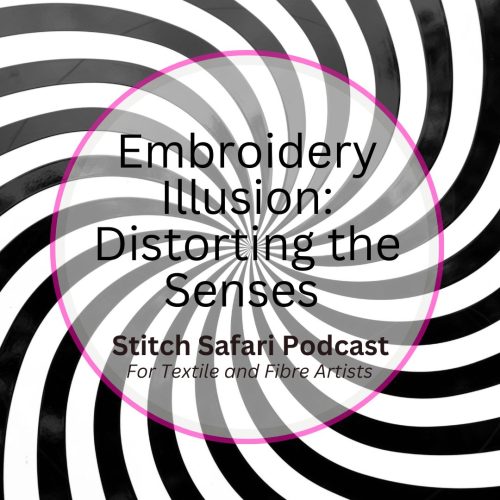Cloth – that much used and overlooked everyday item we wear, sit upon, walk on or sleep between. It’s simply there in our ready-made shirts, dresses, bespoke suits and household textiles, but how did cloth-making, come about? It’s a story spanning eons.
And it all began with string. About 40,000 years ago, Upper Paleolithic humans began to invent and make new things like awls and pins, sculpting people and animals as well as making beads. They began painting on cave walls and invented string, eyed needles and sewing. String first developed by twisting natural fibres together to tie, catch, hold, carry, snare, leash, fish, bind and at some point, to weave.
Ancient man understood the basic principle of weaving from interlacing branches and twigs to create shelters for protection, fences and even baskets, so it’s no great leap to see him apply this technique to the fibrous string threads he made – the starting point of for all spinning, weaving and sewing.
The skill of weaving thread for cloth developed further, with families producing cloth for their own needs. And for millennia, this was mostly the domain of women. Men hunted, women breastfed, reared children and attended to cooking. This association of weaving and the family unit was to remain for thousands of years.
The Neolithic era saw the development of the spindle and the spindle whorl, which improved the time required to spin thread. Speeding up the process, even more, was the invention of the spinning wheel appearing in the early Middle Ages and finally, mechanisation came to the fore in the late 18th century with an innovation called the spinning jenny.

A woman weaving. Ukiyo-e woodblock print by Yōshū Chikanobu, 1890
Once enough thread has been made, weaving cloth can take place. Weaving at its simplest is the interlacing of two sets of threads at right angles to each other – these are called the warp and the weft. To make weaving possible, tension is put onto the warp threads which are attached to a frame known as a loom. To weave, the weft threads have to pass over and under some warp threads. This becomes more complex with the addition of a ‘shed’ and ‘heddle bars’.
The innovation of the heddle is thought to have occurred during this productive Neolithic period, about 6,000 BC, somewhere in Iraq or Turkey – then spreading to Europe, the Orient and onto South America.
Many of the weaving patterns used today were invented by the 11th century. During this time the task of cloth-making began to slowly move away from the family unit into specialised workplaces. Mechanisation of the industry came with the development of steam and water-powered looms during the Industrial Revolution.
So from a simple string, spinning, weaving and cloth evolved into the stuff of every day – indispensable, comforting and necessary.
Cathy Jack Coupland
Image Credits: By Toyohara Chikanobu – Chikanobu: The Artist's Eye, Public Domain, https://commons.wikimedia.org/w/index.php?curid=11136961. By Adam Jones, PhD – https://www.flickr.com/photos/adam_jones/4566548203/sizes/l/in/photostream/, CC BY-SA 2.0, https://commons.wikimedia.org/w/index.php?curid=17504818




